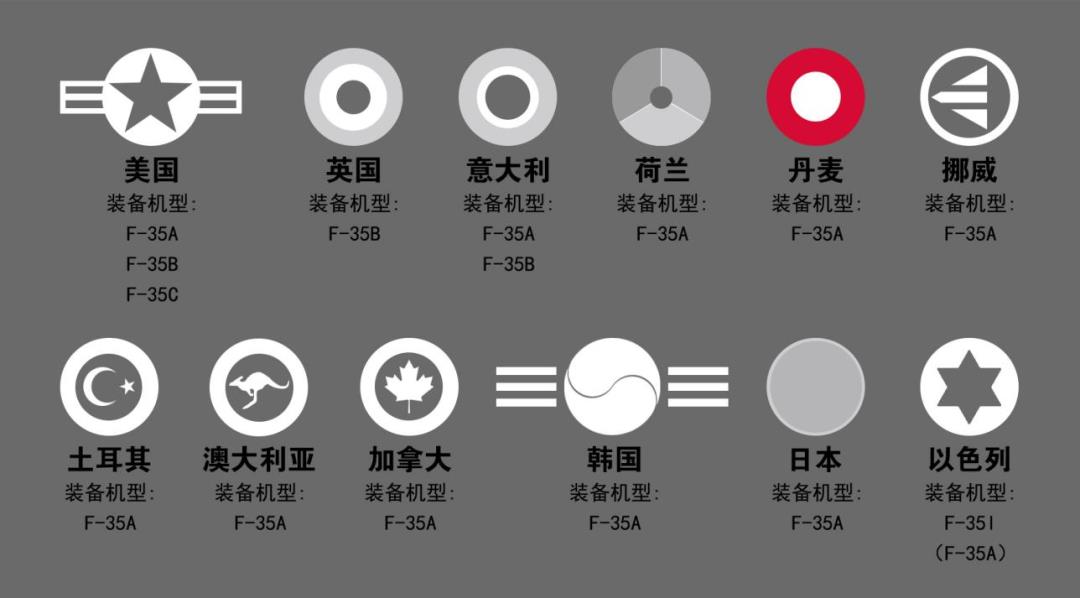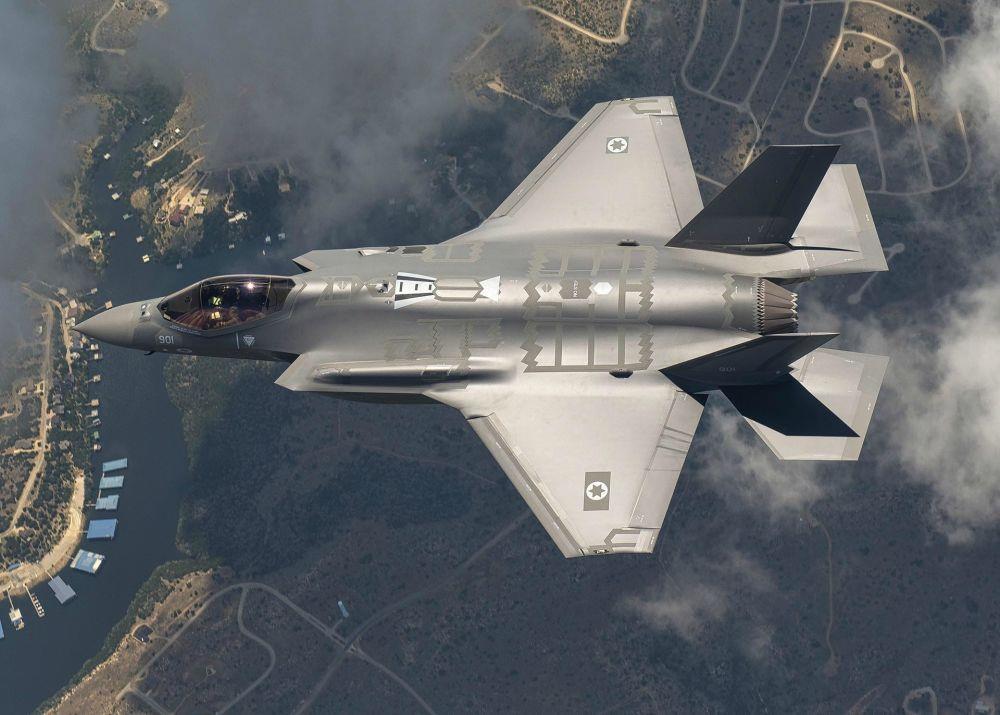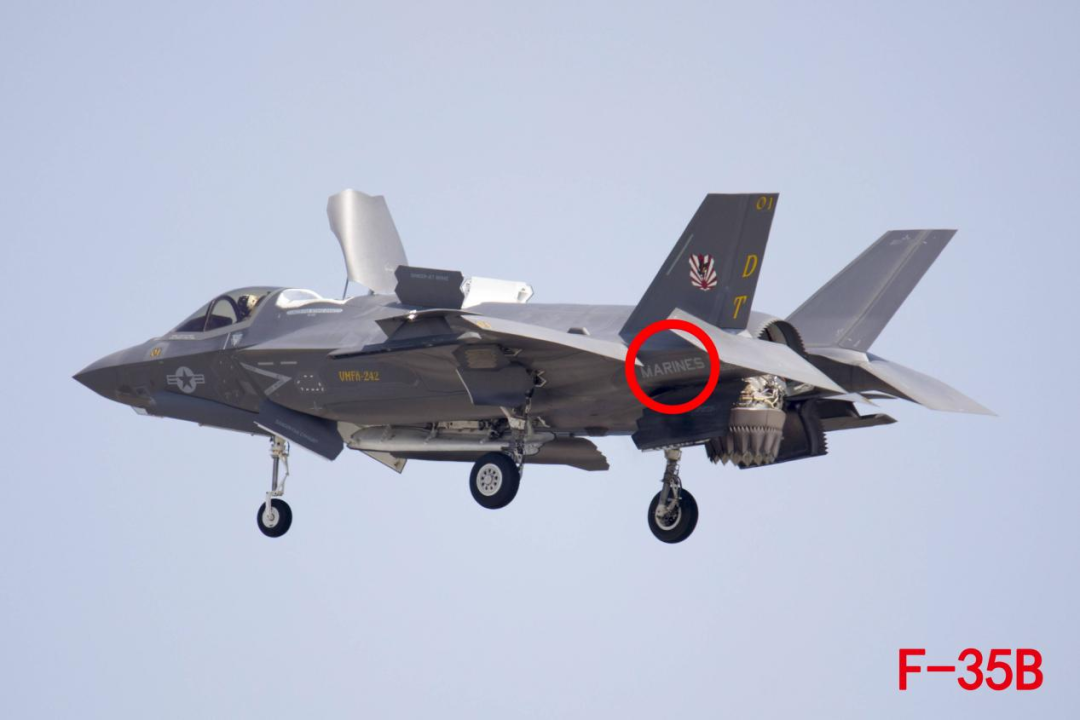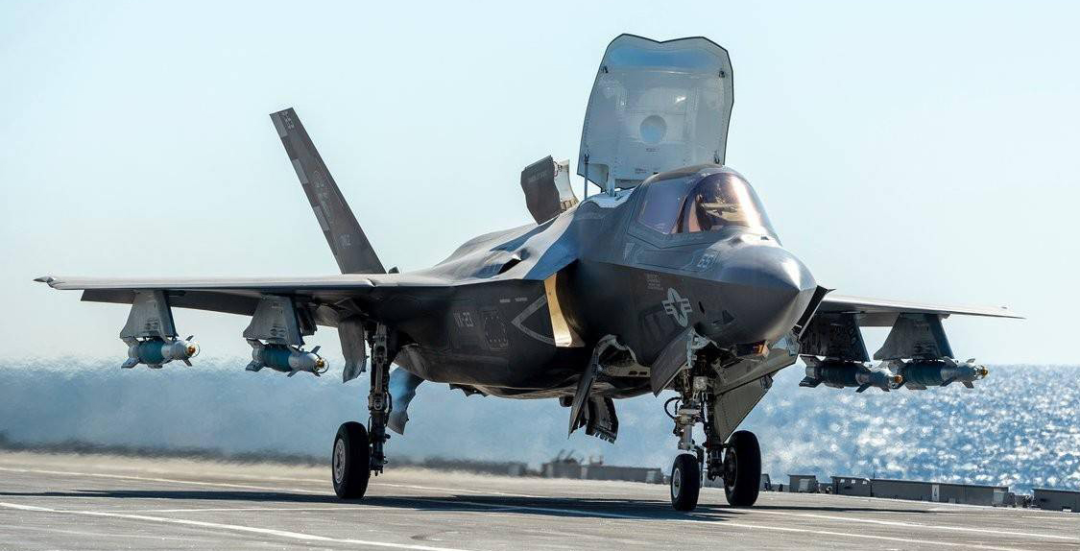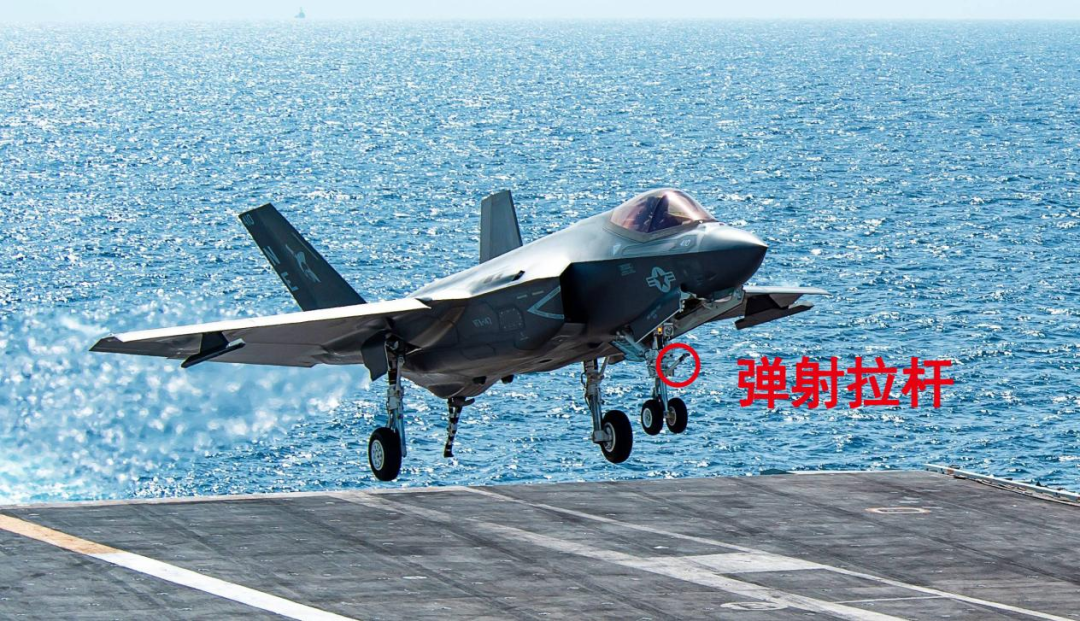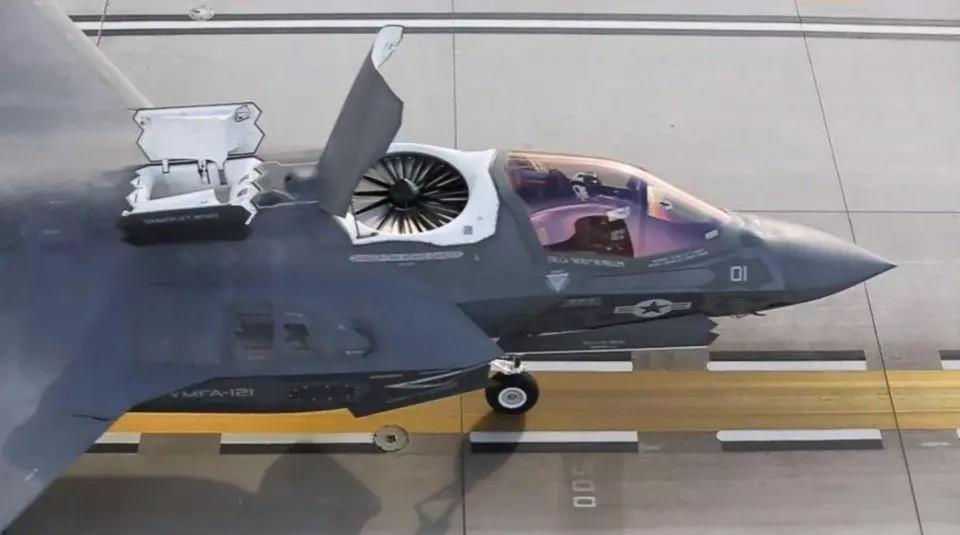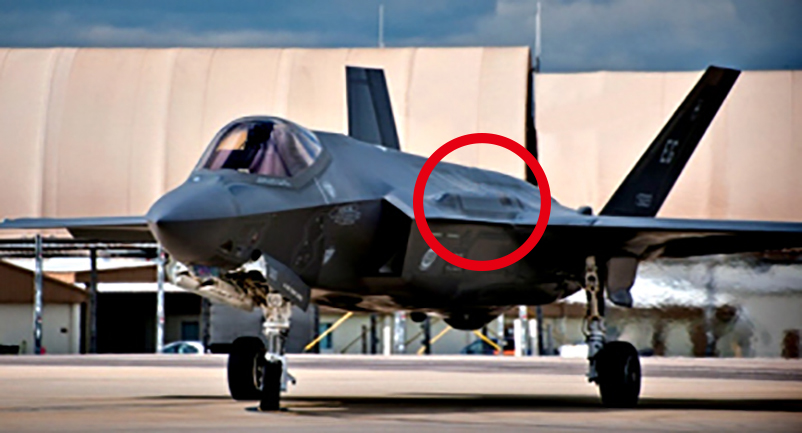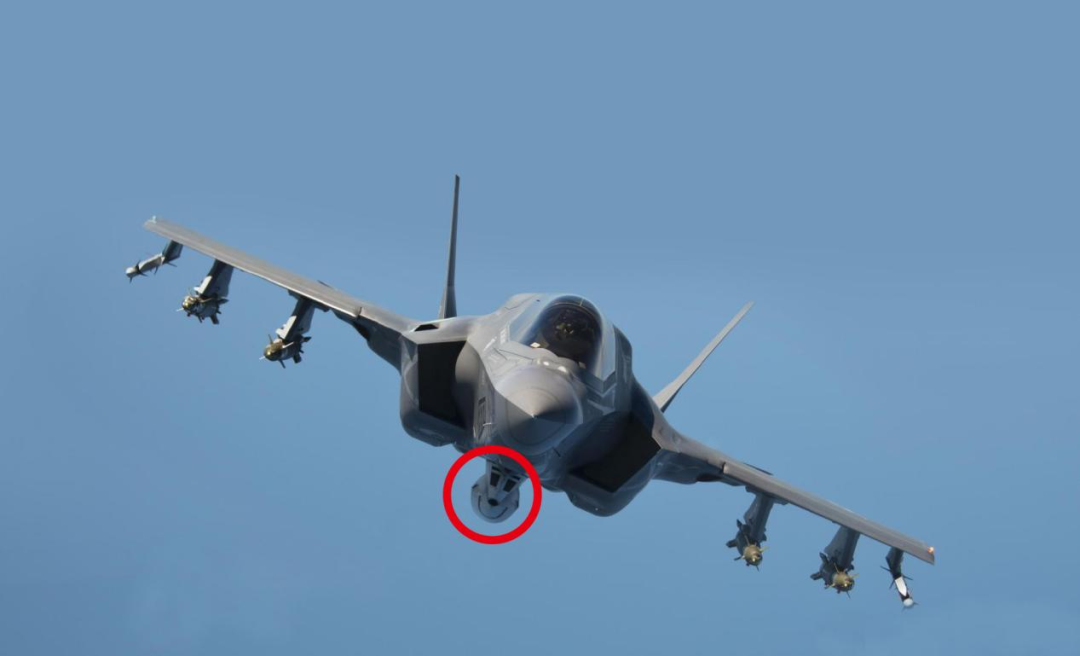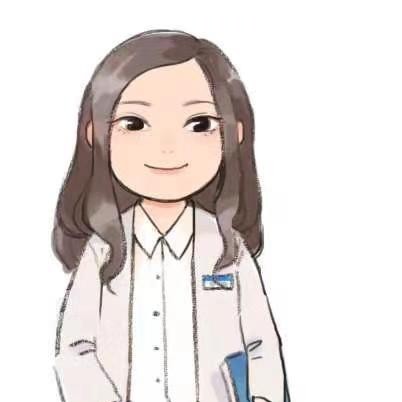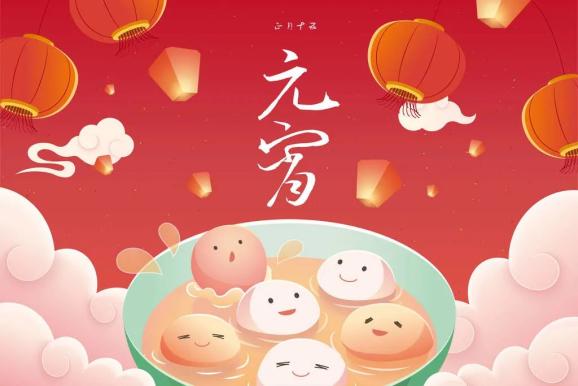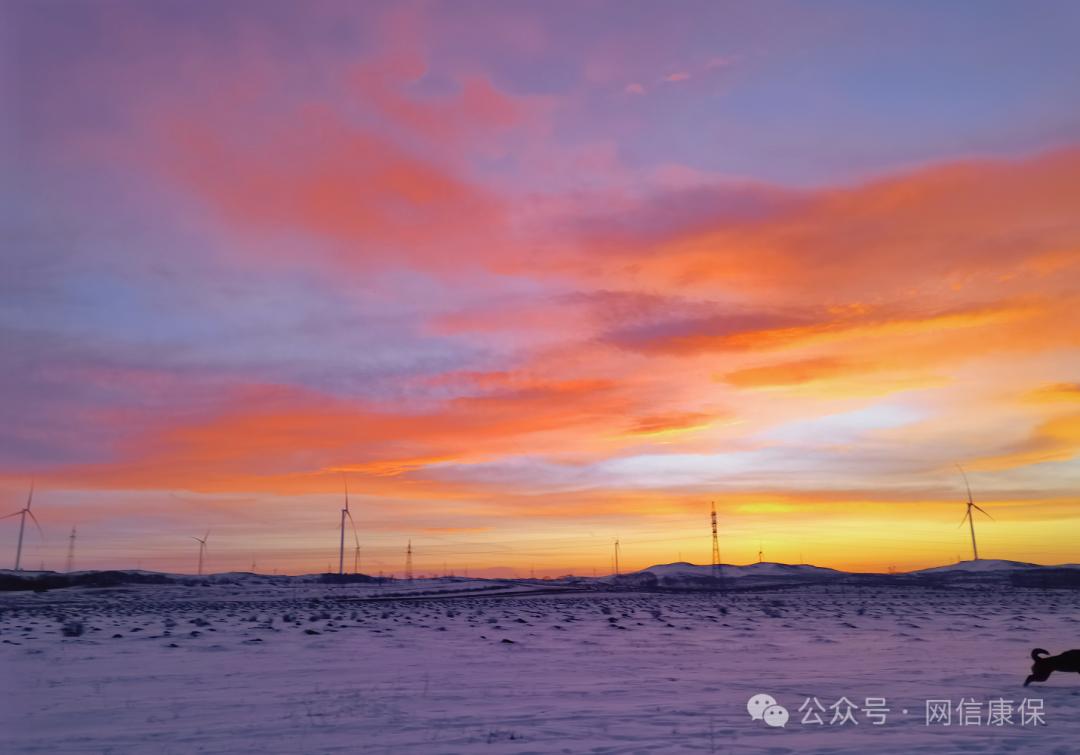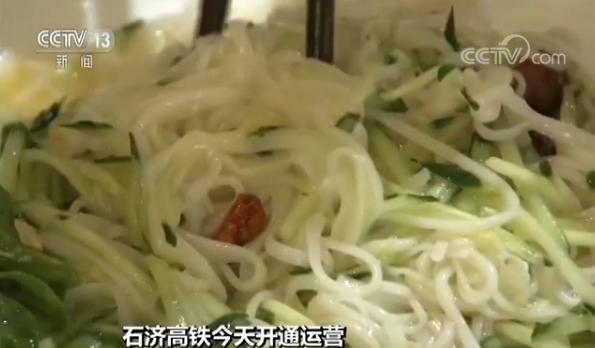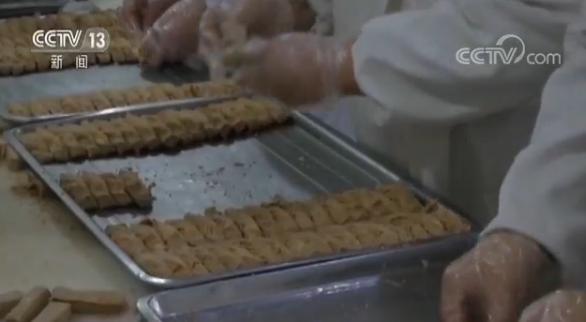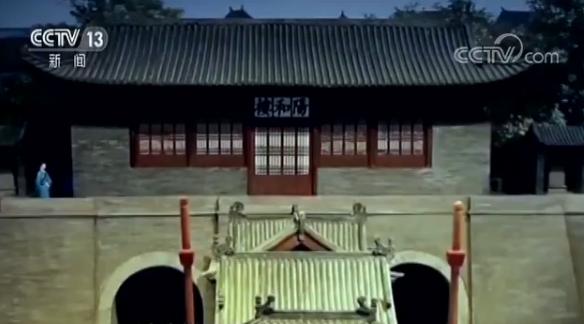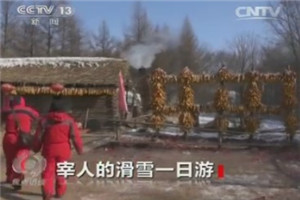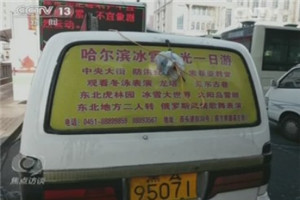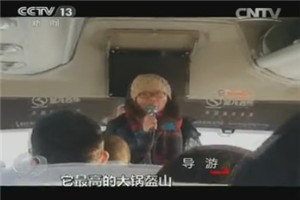The electric shadow of Japanese automobile empire: the choice and torture of traditional manufacturing industry | geography of overseas automobile market
Xiao yisi
"The market share of pure electric vehicles can only account for 30% at most, and the remaining market share will be occupied by hybrid vehicles, hydrogen fuel cell vehicles and fuel vehicles." Recently, Akio Toyoda, chairman of Toyota Motor Corporation, once again "shelled" pure trams. He said that because of the lack of charging facilities, about 1 billion people in the world could not use electric vehicles, so a single pure electric vehicle could not provide transportation services for everyone.
In addition, Akio Toyoda also said that giving up fuel vehicles and choosing electric vehicles should be decided by customers, not by policies or regulations.
Judging from the recently released data, it seems that Toyota Motor is quite likely to win in this new and old energy dispute, and has made outstanding achievements in profitability, company market value and global sales. Take the company’s market value as an example. On the day when Akio Toyoda "shelled" electric vehicles, Toyota’s closing market value was fixed at 48.7 trillion yen (about 328.8 billion US dollars), making it the company with the highest market value in Japanese history.
As a pearl of Japanese automobile industry, Toyota is almost the vane of the development of the whole Japanese automobile market. Completely different from the streetscape where various brands of electric vehicles are constantly shuttling in Shanghai, when the First Financial Reporter walks on the streets of Japan at the end of 2023, the chances of seeing new energy vehicles are very small, and even Tesla is close to disappearing here. Instead, K-car (ultra-small car with a displacement of no more than 0.66L) or Toyota Erffa, which are nicknamed "Old Man Le" and "grocery cart" in China market, can be seen everywhere.
Here, it is obviously too early to talk about the end of the era of fuel vehicles. "It is no exaggeration to say that what Japanese cars were like when I first came to Japan 25 years ago, and what they are now, but the cars are new, and the consumption concept is still the same as before." Wang Li, chief operating officer of Hongqi Japan Experience Center, said in an interview with China Business News recently that the penetration rate of new energy vehicles in Japan is very low, coupled with the low willingness of Japanese car companies to transform, never deliberately promoting electric vehicles and poor charging infrastructure.
According to the data of Japan Automobile Sales Association Federation and Japan National Mini-car Association Federation, the sales of new cars (including mini-cars) in Japan reached 4.78 million in 2023, up 13.8% year-on-year, the first growth in five years, but it still failed to surpass the level before the epidemic in 2019. While the auto market is improving, the data released by Cui Dongshu, secretary-general of the Association, show that the penetration rate of new energy vehicles in Japan is less than 3% in 2023, which is not only far lower than that in China and Europe, but even lower than that in Canada, Mexico, South Korea and other countries.
It is the low penetration rate of new energy vehicles that makes many car companies see opportunities in the Japanese market. Tesla and BYD have successively entered the "forbidden import area" of Japan. Previously, according to Japanese media reports, SAIC-GM-Wuling has also investigated the Japanese market, and there are plans to introduce Hongguang MINI EV into sales. In 2023, the import of pure electric vehicles by foreign car companies in Japan exceeded 20,000 vehicles for the first time, reaching 22,890 vehicles, up nearly 60% year-on-year. Among the imported manufacturers, Tesla and BYD were among the top, while the pure electric vehicles imported by Japan just exceeded 10,000 vehicles in 2022.
It is true that the quantity of imported pure electric vehicles is still very low compared with the annual automobile sales in Japan. It is still difficult to decide whether it will be a single spark that started a prairie fire or a fleeting meteor. Just as in the face of the changing trend of global car electrification, whether the Japanese domestic market and the whole automobile industry it has cultivated are the afterglow of the empire or the sober-up after everyone is drunk remains to be concluded.
Automobile kingdom on internal combustion engine
Although the Japanese automobile industry has a history of more than 100 years, the real story basically begins with Ford entering Japan.
In 1925, Ford began to assemble the Ford Model T, which was popular all over the world, followed by General Motors and Chrysler, and came to Japan to set up companies to assemble and sell cars. In the following ten years, the embryonic Japanese automobile market was almost monopolized by the three major American automobile companies. However, American auto companies have also brought technology and manufacturing management experience to the Japanese auto market.
Looking closely at the development history of Japanese automobile industry, the government’s protection policy is essential. In 1936, Japan promulgated the Automobile Manufacturing Law, which prohibited foreign automobile companies from entering Japan, and Ford and GM were forced to withdraw. However, Japanese local car companies are increasing day by day, and today’s global champion Toyota Motor was established in 1937.
The early development of Japanese car companies was mainly based on imitation. Toyota’s early AA cars and SA cars were based on Chrysler Airflow and Volkswagen Beetle.
In order to avoid the impact of imported cars from Europe and the United States, since 1951, the Japanese government has also set high tariff barriers on imported cars, while strictly prohibiting overseas capital from directly investing in the Japanese automobile industry. The protection policy is superimposed on the popularity of local automobile consumption brought by Japan’s economic prosperity. Since the 1960s, Japan’s automobile industry has risen rapidly, and the local sales volume has jumped from 400,000 vehicles in 1960 to 4 million vehicles in 1970, achieving a tenfold high-speed growth. In 1966, Japan’s automobile production surpassed that of Britain and squeezed into the top three positions in the world.
The second take-off of Japanese cars benefited from two oil crises. In the 1970s, Japanese cars were not satisfied with the local market and began to expand overseas. At this time, it coincided with the soaring oil price, and the price of crude oil rose from $3.3/barrel in 1973 to $36.8/barrel in 1980. The economical and fuel-efficient characteristics of Japanese cars made them popular all over the world, and opened up the American market advocating high horsepower in one fell swoop. Coupled with the cost reduction brought by lean manufacturing, Japan’s total automobile output exceeded 11 million in 1980, surpassing the United States to become the largest automobile producer and exporter.
Since then, in order to avoid trade friction and further reduce production costs, Japan has replaced the simple export trade model by setting up factories overseas to directly produce or assemble cars. By 2015, the overseas production scale of Japanese cars has reached 18.09 million, almost twice that of domestic 9.28 million.
In Japan, the semiconductor and home appliance industries have not lagged behind one after another, and the automobile industry is very important to Japan. At present, it is the largest pillar industry in Japan, accounting for about 10% of Japan’s total GDP and 40%~50% of its industrial output value. There are 78 factories in 22 prefectures and counties in Japan, with more than 5.5 million related employees.
At the same time, with the development of Japan’s automobile industry, the consumption concept that used to be proud of owning an American car has already changed. The Japanese auto market has become a "forbidden place to import", and over 90% of the local market share has been occupied by Japanese auto companies. In 2023, the top ten automobile sales in Japan were all Japanese brands, including Toyota, Suzuki, Daihatsu, Honda and Nissan, among which a single Toyota brand occupied 26.5% of the market. In addition to local brands, there are almost only European brands that can be seen on Japanese streets, such as Mercedes-Benz, BMW, Volkswagen and Volvo.
Traditional fuel vehicles have made Japan’s automobile industry, but Japanese cars have also generated great inertia, which makes it difficult for them to "turn around like an elephant" in the face of global automobile electrification transformation.
Trapped in the transformation of new energy sources
"There is almost no publicity about new energy vehicles on traditional communication platforms such as TV and mailbox." An international student who has lived in Japan for a long time told reporters that the information of trams will only appear on the Internet, which is very fragmented compared with the domestic situation.
According to Rho Motion, a market research company, the global sales of electric vehicles in 2023 was about 13.6 million, up 31% year-on-year, of which 9.5 million were pure electric vehicles. In terms of market, the sales volume of new energy vehicles in China reached 9.495 million, accounting for nearly 70% of the global market. In Japanese market, the sales volume of new energy vehicles is less than a fraction of that of China market. In 2023, the sales volume of pure electric vehicles just exceeded 20,000.
As a big automobile country, Japan is not only a "forbidden place for import" but also a "forbidden place for new energy". There are almost no electric cars on the road, and even Tesla Model Y, whose sales volume won the championship for the first time in 2023, has to be defeated in the Japanese market. In 2021, Tesla sold a total of 5,200 cars in Japan and only 1,900 cars in 2020.
Tesla’s difficulty in selling in Japan can also be seen from the price of Model Y in Japan, which is almost second only to China, the world’s most "rolled" new energy market.
"Japan has accumulated nearly a hundred years in the traditional internal combustion engine track, and it has achieved today’s achievements. Once you turn around and turn to new energy vehicles, it will involve more than 5 million families. This is not only a problem in the automobile industry, but also a social problem. " A Japanese car dealer investor told reporters.
Akio Toyoda has repeatedly stressed the unemployment cost caused by Japan’s automobile transformation. Earlier, Akio Toyoda declared that if Japan began to implement the "carbon neutral" plan focusing on electric vehicles, Japan would lose 5.5 million jobs and 8 million new car production capacity by 2030.
Wang Li told reporters that Aichi Prefecture in Nagoya is the location of a famous Japanese automobile industry cluster, where hundreds of Toyota parts suppliers gather. Once the electric vehicles are transformed, the whereabouts of these suppliers and local industries in Aichi Prefecture will be a big problem.
On the other hand, Japanese car companies headed by Toyota have repeatedly missed the electrification technology tree, which has further delayed its transformation process. In fact, it is not too late for Japanese cars to develop and explore new energy sources. Japan is one of the earliest countries to lay out batteries. As early as the 1990s, Japan had the first generation of "Big Three" composed of Panasonic, Sanyo and Sony. By the beginning of the 21st century, Japanese companies have produced nearly 90% of the world’s consumer lithium batteries. In 1997, Toyota introduced the world’s first mass-produced hybrid Prius, and in 2010, Nissan listed the world’s first mass-produced LEAF for pure electric vehicles.
But around 2010, Japanese auto giants headed by Toyota once believed that hydrogen fuel cell vehicles were the future. Mirai hydrogen fuel cell model launched by Toyota in 2014 is a representative event. Akio Toyoda has repeatedly "advocated" that lithium battery electric vehicles are not really clean energy, and the real new energy vehicles are actually hydrogen fuel cell vehicles. He believes that the world’s mainstream optimism about electric vehicles is likely to be a misunderstanding.
This concept makes the Japanese battery industry chain bet on hydrogen fuel cells, but ignores the investment in lithium-ion power batteries. Because of this, Japanese cars missed the first half of the development of global electric vehicles.
At present, the patent share of Japanese car giants represented by Toyota in the field of hydrogen fuel cell vehicles exceeds 74%, and it involves core fields. However, only technology has no market, and hydrogen fuel cell vehicles simply cannot stand on their feet. By the end of 2022, the total number of hydrogen fuel cell vehicles in major countries in the world was 67,315, of which only 8,150 were in Japan.
"There is a hydrogen refueling station within one kilometer of my home, so I can occasionally see several hydrogen fuel cell cars, which are basically not seen in other places." Wang Li said.
Based on this, the above-mentioned investors told reporters that there are very few choices of electric vehicles in the Japanese auto market, and ordinary consumers have little knowledge of electric vehicles. The new energy vehicle market has not been cultivated at all.
Foreign brands take advantage of the situation to attack
However, the wheel of the times is rolling forward, and many countries around the world have identified electrification as the main direction of new energy vehicle reform in the future. The Japanese government, which was hesitant, also set the goal of "no burning" in early 2021, and announced that by 2035, 100% of the new cars sold will be electric vehicles.
In terms of subsidies for consumers to buy cars, Japan has also raised the maximum subsidy for pure electric vehicles from 400,000 yen to 800,000 yen, for plug-in hybrid vehicles from 200,000 yen to 400,000 yen, and for hydrogen fuel cell vehicles from 2.25 million yen to 2.5 million yen.
With the support of policies, the reporter learned from the consulting firm Kearney that the Japanese market is expected to turn to electric vehicles steadily in the future. By 2025, the penetration rate of electric vehicles (including pure electric and plug-in hybrid vehicles) will increase from 3% in 2021 to 8%, and further increase to 35% in 2035, when the global penetration rate of electric vehicles is expected to reach 27%.
In this context, foreign brands are gradually knocking on the door of Japan, a "forbidden place for imports", through new energy sources. Tesla opened the first local delivery center in Tokyo, Japan in November 2021 and began to deliver Model 3. In September 2022, Tesla officially announced that its current best-selling model Model Y has also landed in the Japanese market and opened a reservation.
BYD also officially entered the Japanese market on July 21st, 2022, becoming the second China automobile brand to enter Japan after FAW Hongqi.
"BYD’s entry into the Japanese passenger car market is a trend." BYD told the First Financial Reporter that on the one hand, the penetration of new energy vehicles in Japan is low, which shows from the side that there are still huge growth potential and industry opportunities in the Japanese electric vehicle market, and the Japanese government is committed to promoting automobile electrification, providing certain car purchase subsidies for electric vehicles, and actively encouraging more enterprises to participate in the construction of charging facilities. On the other hand, BYD has a good market base and brand base in Japan. In 1999, BYD started to serve Japanese customers with rechargeable batteries. Subsequently, BYD’s pure electric commercial vehicles, energy storage and other businesses were successfully carried out in Japan, accumulating a good market foundation and brand foundation.
So far, BYD has opened 17 stores in Japan, distributed in Tokyo, Yokohama, Nagoya, Fukuoka and other places, and plans to open more than 100 stores in Japan by the end of 2025. At present, BYD has listed BYD ATTO 3 and BYD DOLPHIN in Japan, and will soon launch BYD SEAL and other products.
Previously, according to Japanese media reports, I took a fancy to Japan’s huge K-car market. SAIC-GM-Wuling also investigated the Japanese market and planned to introduce Hongguang MINI EV into sales. Because of the narrow roads in Japan and the limited parking space resources in Japan, mini-cars have been selling very well in Japan, and Hongguang MINI EV is expected to sell much cheaper in Japan than mini-cars made by local Japanese companies. But for some reason, SAIC-GM-Wuling has not officially announced its entry into the Japanese market.
Although the absolute value of electric vehicle sales of foreign manufacturers in Japan is still very small, the year-on-year growth rate is very fast. In 2022, the sales of pure electric vehicles by foreign manufacturers in Japan exceeded 10,000 vehicles for the first time, and in 2023, the data exceeded 20,000 vehicles. The proportion of pure electric vehicles imported by foreign manufacturers also reached a new high, reaching 9.2%. Among them, BYD delivered 1,237 vehicles in Japan in the first year.
Compared with the total sales of more than 3 million vehicles in the whole year, BYD’s sales in Japan are almost negligible, but Chairman Wang Chuanfu attaches great importance to the Japanese market. According to relevant reports, in October 2023, Wang Chuanfu personally attended a dealer meeting in the port area of Tokyo. Recently, BYD Japanese dealers also came to Shenzhen for communication.
For the arrival of BYD, the largest publishing house in Japan, Nikkei BP, also dismantled the seal of BYD, and published a book, including BYD’s 3.0 platform, Sandian, CTB battery pack and body structure integration, etc., and the price was as high as 880,000 yen (equivalent to 43,000 yuan).
On the contrary, Japanese cars have gradually lost power in China, the fastest-growing new energy market. In 2023, the share of Japanese brands in China market fell to 17%, the lowest level in three years, and in 2020, it was 24.1%. In terms of brands, Toyota’s sales in China in 2023 was 1,907,600 units, a year-on-year decrease of 1.7%; Nissan’s sales in China were 793,800 units, down 24% year-on-year; Honda’s sales in China were 1,234,200 vehicles, down 10.1% year-on-year.
Will there be a "Nokia moment"?
On December 17, 2020, at the year-end press conference of Japan Automobile Manufacturers Association, Akio Toyoda, as the president, publicly "shelled" electric vehicles, saying that electric vehicles were over-hyped. He believed that with the advent of the electric vehicle revolution, many enterprises would die, many investments would be wasted, and more carbon dioxide would be released in this process.
When such remarks came out, it triggered a lot of discussion in the industry. On December 21st of that year, He Xiaopeng, chairman of Xpeng Motors, forwarded the above remarks and wrote a story about Microsoft’s acquisition of Nokia, implying that Toyota was compared to Nokia in the era of smart phones.
Previously, there has been a discussion in the industry about whether traditional car companies will be subverted like Nokia. The sales of new energy vehicles are growing rapidly, eroding the basic disk of traditional fuel vehicles, which also makes many traditional car companies more and more anxious. Tesla CEO Musk, who holds a completely opposite view to Akio Toyoda, warned that if traditional car companies do not quickly transform into electric vehicles, they will be eliminated, just as Kodak, the film giant of that year, was abandoned by the digital age.
In this context, China’s new energy vehicles are not only entering the Japanese domestic market, but also entering the Southeast Asian market occupied by Japanese cars.
Climate Group, an international non-profit climate group, once published an independent report saying that if Japan cannot switch to pure electric vehicles in time, it will lose half of its automobile exports and 1.72 million jobs by 2030; By 2040, it will lose 14% of GDP and 80 trillion yen in profits (equivalent to 3.88 trillion yuan).
However, it is worth noting that although Japanese cars have suffered setbacks in China market, they have prospered in other markets, especially the achievements of Japanese cars in 2023 have given them more confidence in resisting electric vehicles. In terms of sales volume, Toyota is still the overlord in the era of fuel vehicles. In 2023, the global sales volume is expected to reach 10.65 million units, ranking first in the world for four consecutive years. In terms of financial performance, Toyota expects that in the latest fiscal year ending in March this year, the company’s consolidated operating profit will increase by more than 60% year-on-year, reaching 4.5 trillion yen (about 30.5 billion US dollars). If realized, Toyota will become the first Japanese company with an operating profit of more than 4 trillion yen. In terms of the company’s market value, on the day when Akio Toyoda "shelled" electric vehicles, Toyota’s closing market value was fixed at 48.7 trillion yen (about 328.8 billion US dollars), making it the company with the highest market value in Japanese history.
In addition to Toyota, in the third quarter of 2023, Honda’s net profit also reached 253.2 billion yen, a year-on-year increase of 34%; Nissan’s net profit was 190.7 billion yen, up 173.3% year-on-year.
For Japanese cars, the global market for traditional fuel vehicles is still large enough. However, in order to cope with the trend of electrification in the future, Japanese car companies such as Toyota have to be wrapped up in transformation, although electric vehicles are bombarded every three to five times. In May last year, Toyota announced that it would invest 5 trillion yen in related fields of pure electric vehicles (EV) by 2030, which increased by 1 trillion yen on the previous plan. Honda, which is famous for its engine technology, has formulated the most radical electrification strategy among the "top three Japanese companies", that is, only electric vehicles will be sold in the global market by 2040. Among them, in the China market, Honda will not launch new fuel vehicles by 2030, and 100% of new car sales will be pure electric vehicles by 2035.
On January 29th, Nissan Motor Co., Ltd. also announced that it will independently produce lithium iron phosphate batteries that do not use expensive materials such as nickel, and strive to be installed in pure electric vehicles launched by emerging countries after 2026. Nissan’s move is intended to reduce the cost of batteries by 20-30%, reduce the price of pure electric vehicles, and accelerate the popularization in emerging market countries.
"In terms of market share of power battery, a key component of electric vehicles, Japan has been left far behind by China and South Korea. If Japan wants to play a’ turnaround’, it is necessary to see the next generation of battery technology. " Hu Qichao, founder and CEO of SESI Corporation (SES), which focuses on mixed lithium metal batteries, pointed out to the First Financial Reporter.
At present, in the transformation of new energy vehicles, Japanese cars still hold two cards, namely solid-state batteries and hydrogen fuel cells. Solid-state battery has always been regarded as the next generation battery technology for electric vehicles. The First Financial Reporter learned from the global patent database of Wisdom Bud that Japan is in a leading position in terms of technology source and layout. In terms of patent distribution, Japan accounts for about 30.4% of the global total, followed by China, the United States, Europe and South Korea, accounting for about 26.2%, 14.4%, 5.2% and 3.9% respectively.
Toyota also regards the solid-state battery, whose energy density is expected to be greatly increased, as the key to overtaking in the curve on the electrified track. Investors’ high expectations for the commercialization of solid-state batteries and taking advantage of hydrogen fuel cells have also supported Toyota’s share price rise this year.
For the Japanese automobile empire, which relies heavily on the traditional internal combustion engine, some people think that it is only the afterglow of the sunset, but some people also point out that it is sober under the fanatical transformation. Zhu Huarong, chairman of Chang ‘an Group, mentioned not long ago that foreign brands are waiting for the best opportunity. Once they are transformed, with the resources they have and the global market, their rise cannot be underestimated.
In 2023, the global automobile sales will be between 79 million and 81 million, and the new energy penetration rate will be around 17%, while the new energy penetration rate in the global market except China will be only around 8%. It is foreseeable that the end of the automotive electrification reform has not yet come, and it will still be a protracted war.








